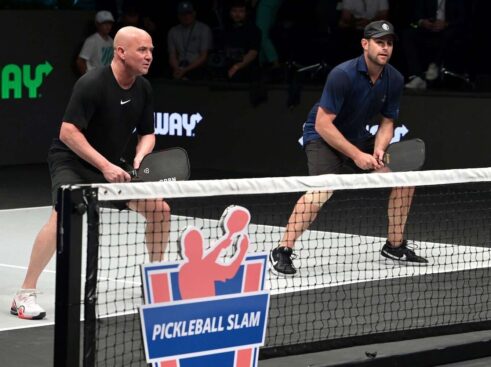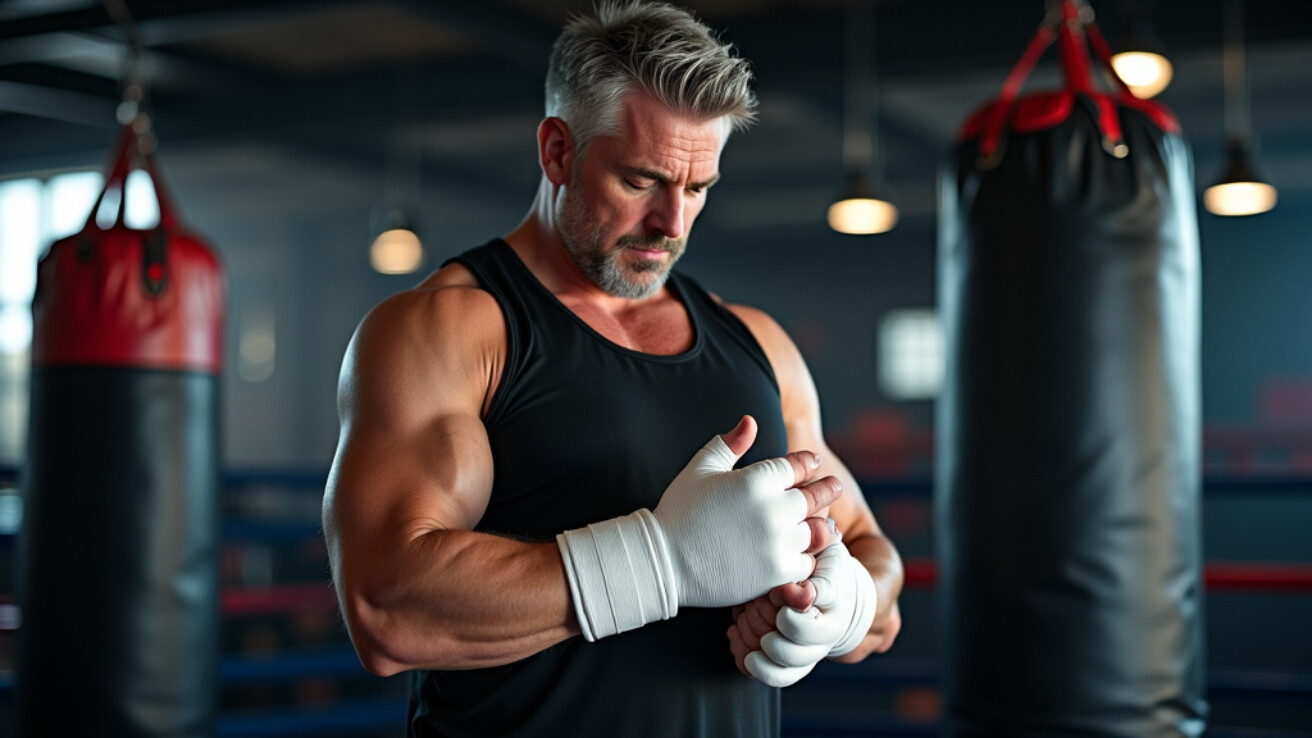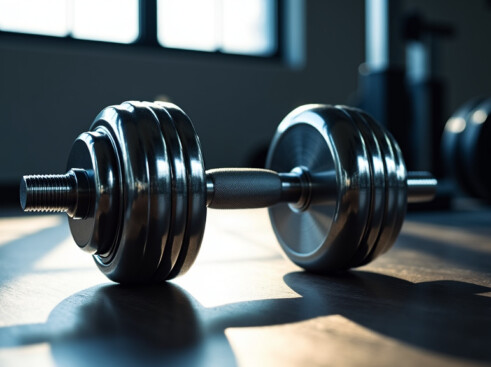Every powerful punch thrown in boxing puts immense stress on your wrists and hands. That’s why investing in quality wrist wraps isn’t just an accessory choice—it’s essential protection that safeguards your boxing journey.
When delivering combinations on a heavy bag or sparring in the ring, proper wrist support prevents potentially career-ending injuries while allowing you to punch with confidence. The right pair of boxing wraps functions like a second skin, stabilizing your wrists and knuckles through every hook and jab.
As a boxing enthusiast who has tested countless wrist wraps over the years, I’ve learned that choosing the right pair makes a significant difference in both performance and safety. The best wrist wraps provide that perfect balance of support and flexibility, allowing you to focus on your technique without concern for injury.
According to expert trainers at major boxing gyms, up to 60% of boxing-related wrist injuries could be prevented with proper hand wrapping technique and quality materials. That’s why selecting the right type and length of wrist wraps is crucial for every boxer, from beginners to seasoned fighters.
In this guide, we’ll examine the best wrist wraps for boxing that deliver superior protection and performance.
Why Wrist Wraps are Crucial for Boxers
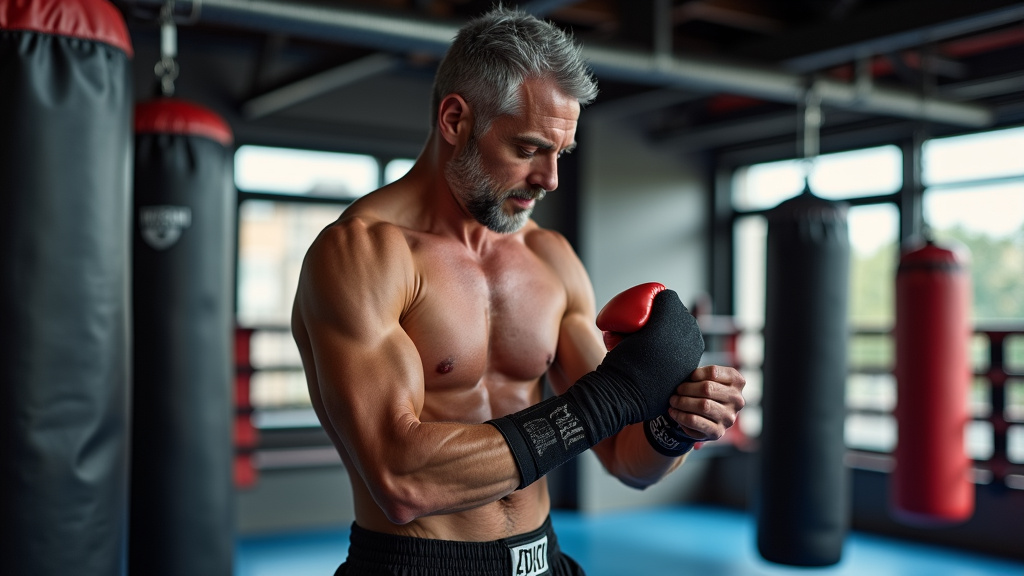
The explosive force generated during boxing puts immense strain on a fighter’s wrists. Each punch creates impact that travels through the hands and wrists, making proper support essential for both safety and performance.
Wrist wraps serve as a vital protective barrier, providing crucial stability to the delicate bones and ligaments in your hands. Research shows that proper wrapping and padding techniques significantly reduce the risk of sprains, fractures, and other common boxing injuries.
Think of wrist wraps as a second skeleton – they maintain proper alignment during intense training sessions and fights. This alignment is crucial because even slight misalignment can lead to serious injury when throwing powerful punches.
Enhanced Stability and Power Generation
When your wrists are properly wrapped, you can focus on generating maximum power without worrying about injury. The compression provided keeps your wrist joint stable throughout the entire punching motion.
The stabilizing effect of wrist wraps enables boxers to throw punches with more confidence and authority. By preventing excessive wrist movement, more force transfers directly into your target rather than being lost through wrist flexion.
Proper wrist support also maintains consistent punch mechanics, essential for developing power over time. With secure wrists, you can focus on perfecting your technique rather than compensating for unstable joints.
Critical Injury Prevention
Boxing puts extraordinary stress on the wrists through repeated impact forces. Quality wrist wraps act as shock absorbers, distributing these forces evenly across the hand and wrist structure.
The repetitive nature of boxing training makes injury prevention crucial. Without proper support, constant impact can lead to chronic issues like tendonitis or stress fractures over time.
Wrist wraps provide compression that reduces swelling during long training sessions. This compression enhances blood flow and prevents the inflammation that often leads to overuse injuries.
Improved Technical Performance
Beyond injury prevention, wrist wraps help boxers maintain proper form throughout their training. The tactile feedback from the wraps serves as a constant reminder to maintain proper alignment.
The confidence of properly supported wrists allows you to focus on other technical aspects of boxing. This mental freedom is essential for developing advanced skills and combinations.
Many boxers find they can train longer and with greater intensity when using quality wrist wraps. The added support reduces fatigue in the smaller stabilizing muscles of the wrist and forearm.
Best Wrist Wraps for Boxing: Top Picks for Protection and Support
Protecting your hands during boxing workouts requires the right wrist wraps. Based on extensive testing and research, each type of boxing wrap offers distinct advantages and considerations worth evaluating.
Traditional cloth wraps remain one of the most popular and time-tested options. Made from durable cotton blends, these wraps provide excellent wrist stability and knuckle protection when wrapped properly. Their primary benefit is the ability to customize the fit and support level based on your needs.
Traditional Cotton Hand Wraps
Cotton hand wraps deliver reliable protection through a simple yet effective design. The breathable fabric absorbs sweat while providing crucial joint support. Most quality cotton wraps feature a thumb loop and hook-and-loop closure for secure fastening.
One of the key advantages of cotton wraps is their durability and washability. Quality brands like Cleto Reyes and Ringhorns maintain their support even after repeated use and washing.
The main drawback is that traditional wraps require time and proper technique for optimal protection. Learning to wrap your hands correctly takes practice.
Mexican-Style Elastic Wraps
Mexican-style wraps feature an elastic cotton blend that provides a snug, conforming fit. The added stretch allows these wraps to move naturally with your hands while maintaining consistent support throughout your workout.
The elasticity prevents the wraps from loosening during intense training, a common issue with standard cotton wraps. Their stretchy weave also offers superior breathability.
However, some boxers find elastic wraps slightly bulkier under gloves compared to traditional cotton. The elastic material may wear out faster with regular use.
Quick Gel Wraps
Quick gel wraps provide a convenient alternative to traditional hand wraps. These slip on like gloves and feature built-in gel padding over the knuckles for impact protection.
Their primary advantage is speed – you can put these on in seconds rather than spending time wrapping. They’re ideal for beginners or casual boxers seeking basic protection without mastering wrap techniques.
The tradeoff is that gel wraps offer less customizable wrist support compared to traditional wraps. They may also loosen during extended training sessions since they rely on elastic rather than a wrapped closure.
How to Properly Wrap Your Hands for Boxing
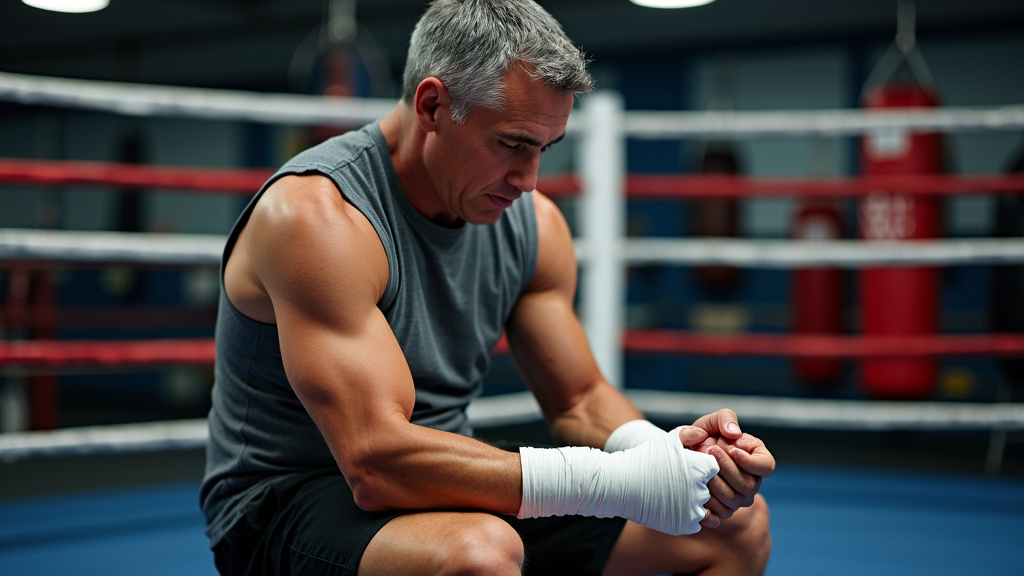
Proper hand wrapping serves as your first line of defense in boxing, protecting your knuckles, wrists, and the delicate bones in your hands from the repeated impact of throwing punches. Whether you’re a beginner or seasoned boxer, mastering this essential skill can prevent injury and enhance your training experience.
Boxing subjects your hands to thousands of high-impact strikes. Without proper wrapping technique, you risk serious injuries including sprains, fractures, and long-term joint damage. Follow this proven method to secure your hands safely.
Essential Materials for Hand Wrapping
Before starting, select high-quality hand wraps between 120 and 180 inches in length. Choose the appropriate length based on your hand size and desired level of protection.
Mexican-style elastic wraps offer excellent flexibility and support, while traditional cotton wraps provide firmer stability. Both styles deliver effective protection when applied correctly.
Ensure your wraps are clean and free from tears or excessive stretching. Boxing experts recommend replacing wraps once they lose elasticity to maintain optimal protection.
Step-by-Step Wrapping Technique
Start by fully extending the wrap and locating the thumb loop at one end. Hold the wrap in your dominant hand as you prepare to wrap your other hand first.
Place the thumb loop over your thumb, ensuring it’s snug but not restrictive. Allow the remaining wrap to hang toward your wrist.
Make three to four tight wraps around your wrist to establish a solid foundation. This crucial step provides the stability needed to prevent wrist hyperextension during punching.
Securing the Knuckles and Fingers
After stabilizing the wrist, cross the wrap diagonally across your palm and over your knuckles. This creates a supportive lattice that distributes impact force evenly.
Weave the wrap between each finger, starting from the pinky to the index finger. This technique prevents the wrap from sliding during intense training sessions.
Return to your knuckles and make several passes to build up protective layering. Maintain even tension throughout this process for optimal support.
Common Mistakes to Avoid When Using Wrist Wraps
Whether you’re a beginner or seasoned boxer, proper wrist wrap technique serves as your first line of defense against serious hand injuries. Unfortunately, many fighters make critical errors that compromise their protection.
One of the most common – and dangerous – mistakes is wrapping too tightly. When wraps restrict circulation, you’ll experience numbness and reduced performance in your hands, potentially leading to long-term damage.
Improper tensioning works both ways – wraps that are too loose defeat their protective purpose entirely. Loose wraps can slip during training, leaving your wrists vulnerable when you need support most.
The Forgotten Areas
Many boxers make the critical error of neglecting their thumbs during wrapping. As noted by boxing experts, skipping thumb protection can result in the digit getting jammed or even broken during intense training.
Another commonly overlooked area is the space between fingers. Proper wrapping requires careful attention to these gaps to maintain hand alignment and prevent injury during impact.
The knuckles also deserve special consideration – insufficient padding here leaves you susceptible to bruising and potential fractures. Multiple passes over the knuckles provide essential shock absorption.
Equipment and Maintenance Issues
Using worn-out wraps represents another serious mistake. Once wraps lose their elasticity, they cannot provide the consistent tension needed for proper support and protection.
Some fighters try to save money by purchasing low-quality wraps. This false economy leads to rough fabric that irritates skin and wraps that quickly lose their protective properties.
Failing to clean wraps regularly allows bacteria to flourish, potentially causing skin infections. Always wash your wraps after training and allow them to air dry completely.
Proper Technique Tips
To check your wrap tension, keep your fingers spread while wrapping. Make a fist periodically to ensure proper mobility.
When starting your wrap, identify which side should contact your skin. Many brands include a helpful “this side down” label to prevent incorrect application.
Focus on maintaining consistent tension throughout the wrapping process. Your protection is only as effective as your weakest point of support.
Conclusion: Elevate Your Boxing Game with the Right Wrist Wraps
Proper wrist protection stands as a cornerstone of boxing safety and performance enhancement. Quality wrist wraps provide essential joint stabilization, enabling you to throw punches with greater confidence and reduced risk of injury during training sessions and competitions.
Research demonstrates that investing in high-quality wrist wraps – whether traditional cotton, elastic Mexican-style, or modern gel-padded options – significantly impacts your boxing journey. Each type offers distinct benefits, from the customizable support of cotton wraps to the quick-application convenience of gel alternatives.
Remember that proper wrapping technique is just as crucial as the quality of the wraps themselves. Taking time to master the correct method ensures maximum wrist stability and protection. The ideal wrap should feel snug but not restrictive, providing firm support while maintaining natural hand movement.
As you develop your boxing skills, make wrist protection an integral part of your training routine. The few extra minutes spent properly wrapping your hands can mean the difference between a productive training session and a potential injury that could sideline your boxing progress.
Your pursuit of boxing excellence deserves the best support possible. By prioritizing proper wrist protection, you’re not just safeguarding against injury – you’re investing in your long-term development as a boxer and ensuring continued success in the ring.


